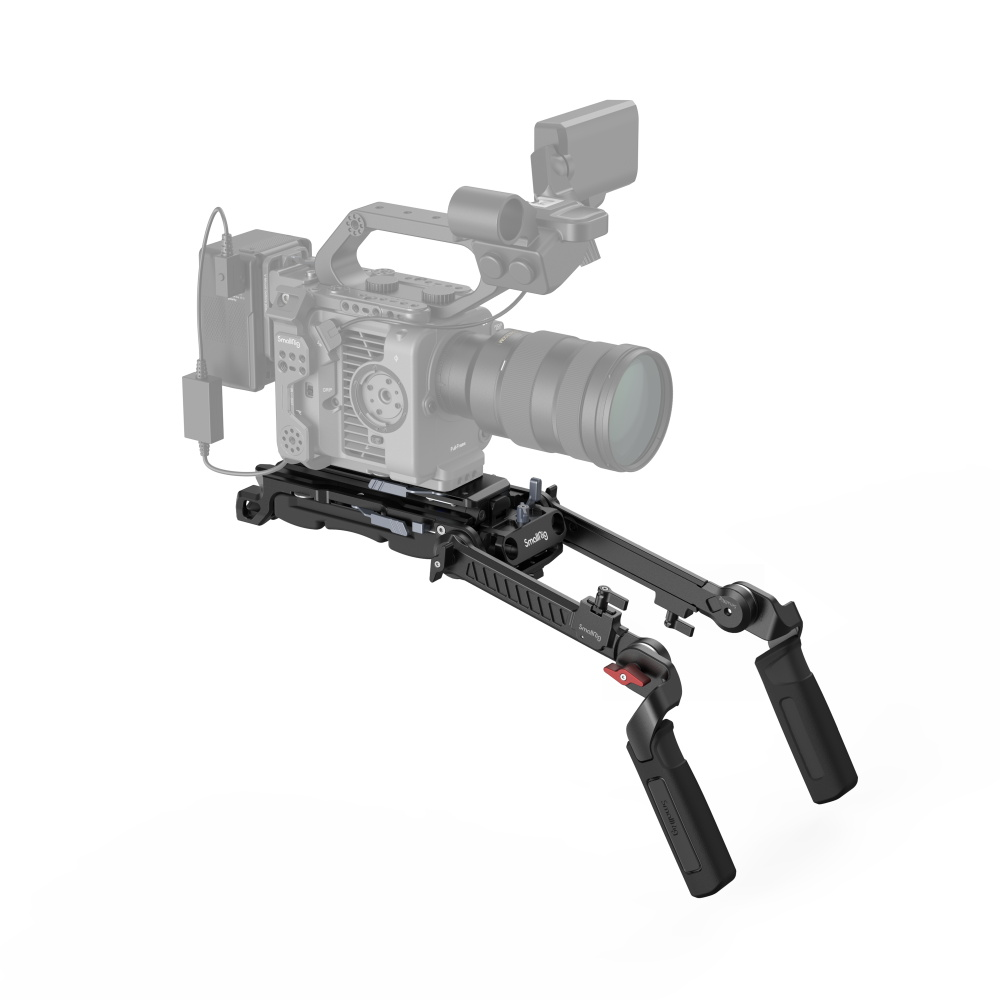Unlock Cinematic Magic: Master the Art of Shoulder Rigs for Stunning Filmmaking!
In the world of filmmaking, every shot counts, and achieving that perfect, cinematic look often requires the right equipment. Enter shoulder rigs—a game-changer in the realm of video production. These handy devices not only enhance stability but also provide filmmakers with the creative freedom to explore dynamic shooting techniques. Whether you’re a seasoned pro or an enthusiastic beginner, understanding shoulder rigs is essential for elevating your filmmaking skills. In this article, we’ll delve into the functions of shoulder rigs, explore the various types available, and share effective usage tips that will help you unlock the full potential of these essential tools.

Understanding Shoulder Rigs
Shoulder rigs are specialized equipment designed to stabilize handheld cameras, allowing filmmakers to achieve smooth, fluid motion while on the move. By redistributing the camera's weight across the shoulder and torso, these rigs help reduce fatigue during long shoots and minimize the shakiness often associated with handheld filming. The mechanics behind shoulder rigs involve a combination of adjustable components that can be tailored to fit the user’s body, ensuring comfort and ease of use. This design not only makes shooting more enjoyable but also allows for greater creativity in framing shots, enabling filmmakers to capture scenes from unique perspectives.
Functions of Shoulder Rigs
The primary functions of shoulder rigs revolve around weight distribution, stability, and mobility. First and foremost, these rigs distribute the weight of the camera evenly across the shoulder and back, which alleviates strain on the arms and neck during extended filming sessions. Secondly, shoulder rigs provide enhanced stability—this is crucial when filming in dynamic environments where movement is inevitable. The added support allows for smoother pans and tilts, resulting in professional-looking footage. Lastly, shoulder rigs facilitate ease of movement, enabling filmmakers to transition seamlessly between different shooting angles and locations without sacrificing quality. Altogether, these functions contribute significantly to improved shooting techniques, allowing for more creative storytelling.
Types of Shoulder Rigs
Shoulder rigs come in various types, each designed to meet specific filming needs. Basic shoulder rigs are typically simple in design, featuring a straightforward frame that supports the camera. These are ideal for beginners or for those looking for a lightweight option for casual shoots. Advanced shoulder rigs, on the other hand, offer more features such as adjustable components, counterweights, and support for additional accessories like microphones or lights. Finally, custom shoulder rigs can be tailored to the filmmaker's specific requirements, providing the ultimate flexibility in terms of setup and functionality. Understanding the differences between these types is crucial for selecting the right rig for your filming scenario.
How to Use Shoulder Rigs Effectively
Using shoulder rigs effectively requires some knowledge and practice. Start by ensuring that the rig is properly adjusted to fit your body; this includes aligning the camera with your eye level and securing the rig snugly against your shoulder. When shooting, consider your shooting angles carefully. For instance, a low-angle shot can be achieved by bending your knees and keeping the rig close to your body, allowing for stability. Additionally, practice smooth movements when panning or tilting the camera to avoid jerky motions. It’s also helpful to rehearse your scenes beforehand to determine the best setup and angles. Experimenting with different rigs will help you find what works best for your style and projects, ultimately maximizing the potential of your shoulder rig.
Common Mistakes to Avoid
Even seasoned filmmakers can make mistakes when using shoulder rigs. One common error is neglecting the proper fitting of the rig, which can lead to discomfort and poor shooting angles. Another frequent oversight is failing to balance the rig correctly; an unbalanced setup can result in shaky footage and can be tiring to use. Additionally, some filmmakers may forget to utilize the rig’s adjustable features, which can greatly enhance shooting flexibility. To avoid these pitfalls, ensure that you take the time to familiarize yourself with your rig and perform necessary adjustments before starting your shoot. Small changes can lead to significant improvements in your filming experience.
Maximizing Your Filmmaking Potential with Shoulder Rigs
In conclusion, shoulder rigs are indispensable tools for filmmakers looking to elevate their craft. By understanding their functions, exploring the different types available, and mastering effective usage techniques, you can enhance your shooting experience and create stunning cinematic visuals. Remember, practice makes perfect, and experimenting with various setups will ultimately help you discover the best approach for your unique style. So, grab a shoulder rig, hit the field, and start capturing the magic of filmmaking!



